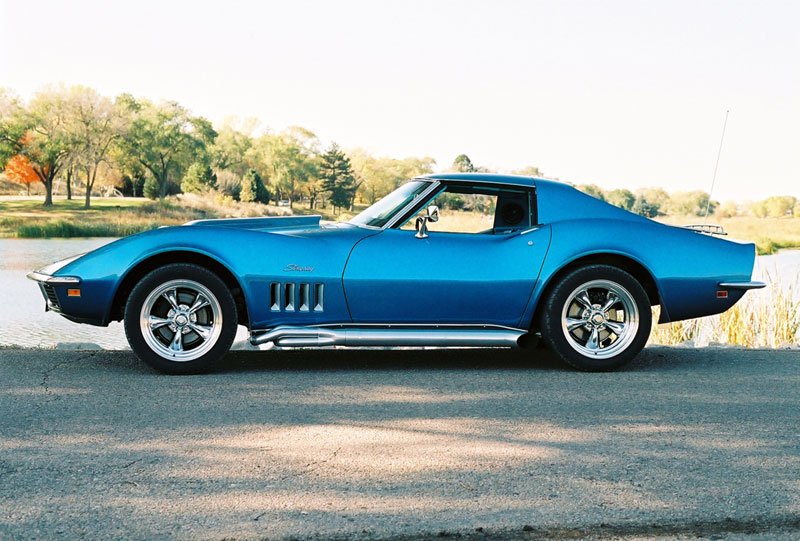XR8tt
Active Member
Most set them up with an adapter off the oil pump sensor with -4 pipe so engine pressure supplies oil...
Due to turbo being lower than sump an electric oil pump is needed to return oil back to engine.. Or the oil will blow through the seals and smoke like cash for wrecks engine..
I would set it up like the PDF link above.. Turbo, cooler, pump, engine...
Some set them up as an enclosed oil system separate from engine..
Only issue is "IF" elect pump stops !! Your turbo is cactus!! With engine oil supply it would just flood with oil, leak through seals and smoke...
Some add a SMALL sump under turbo [500cc or so, like catch can] and scavenge from there. Again this helps in pump working at lower oil temps and works like a surge tank as well...
Due to turbo being lower than sump an electric oil pump is needed to return oil back to engine.. Or the oil will blow through the seals and smoke like cash for wrecks engine..
I would set it up like the PDF link above.. Turbo, cooler, pump, engine...
Some set them up as an enclosed oil system separate from engine..
Only issue is "IF" elect pump stops !! Your turbo is cactus!! With engine oil supply it would just flood with oil, leak through seals and smoke...
Some add a SMALL sump under turbo [500cc or so, like catch can] and scavenge from there. Again this helps in pump working at lower oil temps and works like a surge tank as well...







